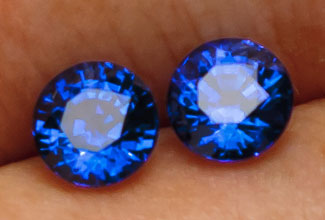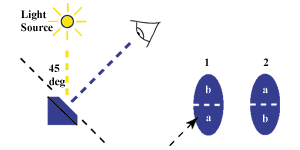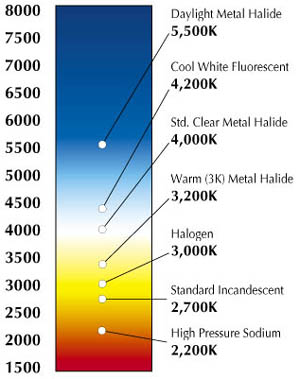
I wandered over to one of the major gem forums this morning. One of the members was talking about a phenomenon he called “shadowing.” This poster defines shadowing when a gemstone exhibits brilliance across half the stone when the stone is held off axis, that is not perpendicular to the light source, he was looking for a cure.
A Non-Issue:
This is a good example of a non-issue. Non-symmetrical cuts, rectangle, oval, pear viewed under a single beam light source will always show brilliance across half the face of the gem when the stone is tilted away from the perpendicular. Why, because the gemstone is not symmetrical and therefore treats light in a non-symmetrical fashion. In the cuts just mentioned, some facets particularly the pavilion facets which are responsible for delivering brilliance, cannot be uniform. Some are larger, some are longer therefore light hitting these facets will refract in an irregular fashion. Symmetrical cuts, rounds and square cushions, by contrast have uniform facet patterns and do not suffer this phenomenon.
For this reason, asymmetrical gems are graded under a single light source, viewed at at a 45 degree angle away from the light source angled toward the eye. At this viewing angle, half the gem, the bottom half is potentially brilliant. The percentage of that half is then compared with the other half when the gem is rotated 180 degrees and viewed a second time. Add the relative percentage of each half and voila you have the total percentage of brilliance. In colored gemstones, 80% brilliance is considered excellent which means that at any given time, 20% of the gem will exhibit extinction.
One trick for viewing the brilliance of the entire stone at once is the use of sky light. Turn your back to the sun and view the gem at the same 35 degree angle toward the eye. In this position the light filtering around the body of the viewer should light up the 100% of the gem. Any lack of brilliance in this position is a fault and should be subtracted from the theoretical 100% to arrive at the percentage of brilliance. In most cases, gem photographers correct for this phenomenon by photographing gems with non-symmetrical outlines by using multiple light sources.
A Little Extinction Contributes To A Gem’s Beauty
Extinction is another much misunderstood phenomenon. I am often asked, particularly by members of this forum, if a particular gem shows extinction. First lets define our terms, what is extinction. This phenomenon is caused by off-axis refraction. When light enters a gemstone, it enters the crown and reflects internally off the pavilion (back) facets and eventually back through the crown to the eye. Inevitably some light refracts at an angle that is not toward but rather away from the eye, the greater the angle the more extinct it becomes, in a tonal continuum from gray to black.
All faceted gemstones without exception exhibit extinction, no extinction, no scintillation. the great German philosopher Hegel said determinatio est negatio. which when reduced to simplest terms means g all positive requires a negative. Sweet has no meaning without salty, good does not exist without evil, etcetera. So too with gems. Scintillation, sparkle is the result of light being broken up into pieces, tiny scintillas of light that are refracted back to the eye in little pieces. Between those pieces is darkness, extinction. Want a gem to light up like a flashlight with no sparkle, eliminate extinction. Some degree of extinction is therefore required as contrast.
Extinction As A Fault:
Extinction can have other causes as well, dark is the absence of light. Gems lacking transparency will often show what one of my clients once called a “heart of darkness” at the center of the gem beneath the table. This is particularly prevalent in sapphire and the cutter will often cut a window to let in light through the culet, the apex of the cone shaped pavilion of the gem. So while some extinction is desirable, in fact necessary to the beauty of the gem, large areas of extinction are a definite and definable fault.



